There was a bonkers Doctor Strange film in 1978 that you never knew existed

“There is a barrier that separates the known from the unknown. Beyond this threshold lies a battleground where forces of good and evil are in eternal conflict. The fate of mankind hangs in the balance and awaits the outcome.”
So said the blurb at the start of TV movie Dr. Strange, broadcast on 6 September, 1978 as another part of CBS’s attempt to corner the superhero market. The Incredible Hulk, with a painted Lou Ferrigno, had arrived the previous November, whilst The Amazing Spider-Man (starring one of the kids from The Sound of Music all grown up) was also doing solid business on the network.
But Dr. Strange was different. The character was quirky, the comics world he existed in more sci-fi-fantasy-orientated.
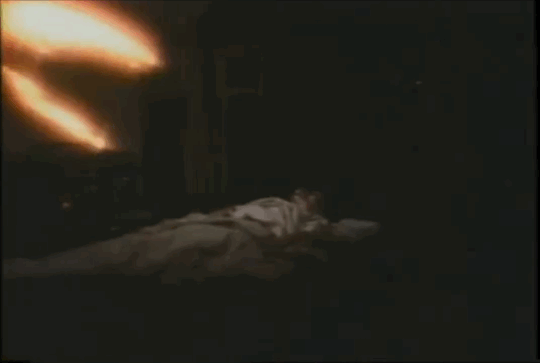
“It has to do with a problem of dealing with an area which is completely foreign to TV,” writer/director Philip DeGuere told the October 1978 issue of Starlog magazine. “Or, for that matter, to motion pictures. Unless people are familiar with myth, folklore and fairytales on the one hand or fantasy literature on the other, it’s difficult to understand a story like this.”
DeGuere’s solution appears to have been to hark back to a more familiar story.
“Our version because was more along the lines of Merlin and Camelot,” says actor Clyde Kusatsu, who played Strange’s sidekick-cum-guide Wong (pictured below). “It was a good attempt. I think CBS was prescient in terms of the Marvel franchise and it was a little bit before its time.”
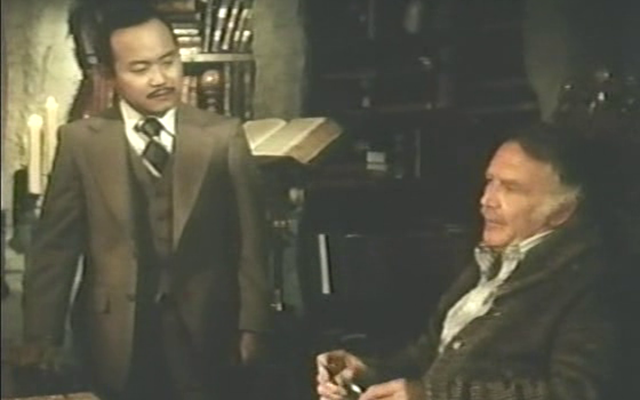
The set-up is both simple and spectacularly complicated. Evil sorceress Morgan Le Fay (played by Arrested Development star Jessica Walter) is trying to defeat fellow magician Thomas Lindmer (Brit legend Sir John Mills having a ball) in order to take over the world. Part of her plan involves possessing a young girl called Clea, who end ups being cared for by psychiatrist Stephen Strange (newcomer Peter Hooten).
Various psychic battles take place, Le Fay at one point spares Strange because she fancies him and the show ends with Strange taking over Lindmer’s powers and becoming a superhero, albeit a raw one.
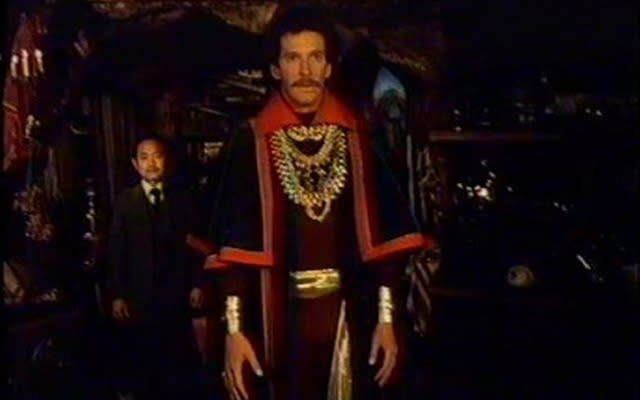
Along the way there are demons, visits to astral plains, the baddie possessing a cat and a superhero costume that would look more at home in Saturday Night Fever than the pages of a comic book.
“We went through a large number of drawings, trying to zero in on something someone would realistically wear in 1978,” said DeGuere about Strange’s outfit. “We ended up working with a model of a gentleman going to the opera. It’s the only instance in modern dress where a guy would wear a cape.”
While a decent potential set-up for a series, Dr. Strange was a ratings flop, something Marvel’s Stan Lee put down to the fact it was scheduled against slavery miniseries, one of the most-watched programmes in television history.
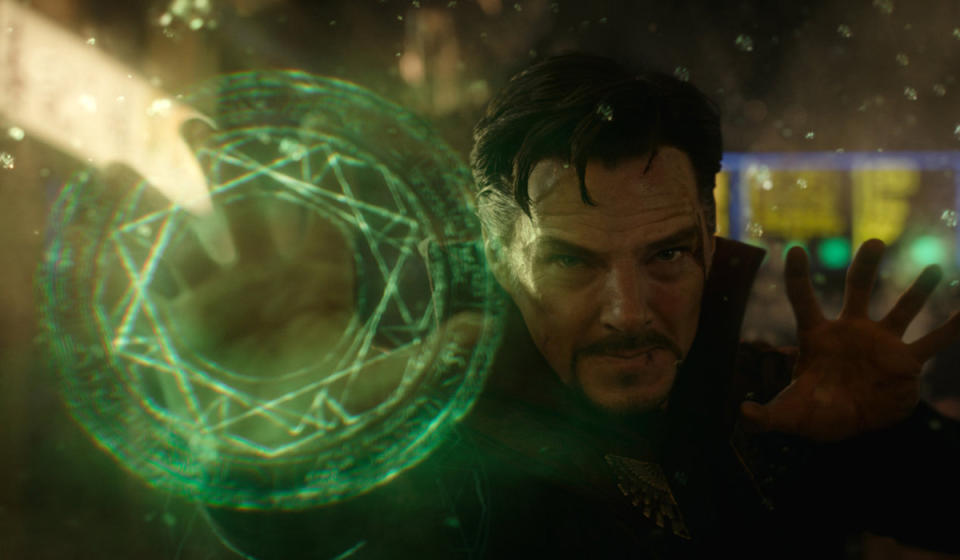
And although it had a strong supporting cast, Hooten as Strange doesn’t have the Cumber-factor.
“Peter was a very intense actor, one might say kind of method-y in a way,” remembers Kusatsu. “He chose to be the character…using his eyes. For some reason.”

The network decided against taking it to series, but although it has plenty of flaws – taking too long for Strange to get his powers and the decent-looking hero discombobulating his fourth-dimensional supernatural nemesis with his awesome handsomeness amongst them – it also has some impressive elements, namely the slightly trippy optical effects, which are pretty good for a cheap 1978 telly film.
“We didn’t have the technological capabilities that are available to a lot of filmmakers today,” says Kusatsu. “So when you see it, in our mindset today it seems kind of primitive. But back then, it was, ‘that works on that small screen!’”
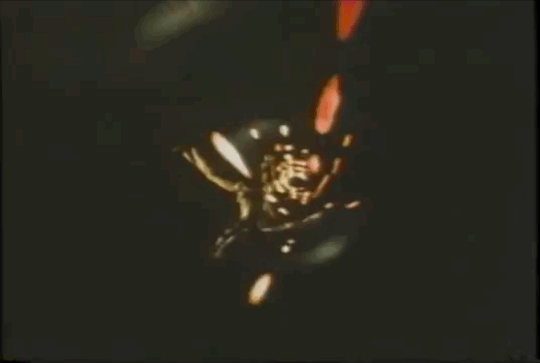
In fact, the FX caused a host of issues for the filmmakers.
“We had problems with the camera, with the projectors, with the wires, with missing process plates, with missing electricity – Universal even gave us a studio which was 15 feet too short for the 70-foot front projection screen, despite the fact that everything had been clearly laid out on paper!” DeGuere told Starlog.
The 93-minute film ended up going five days over schedule and $50-100,000 over budget.
Still, one thing it managed to avoid was any racial controversy. Kusatsu admits he was pleased to spend almost all his scenes in suits rather than ‘mystical’ robes.

And while there is a disembodied voice called The Ancient One (there’s also a Nameless One), the actor agrees that Mills’ Lindmer is actually the equivalent role to Tilda Swinton’s character in the new movie.
As to his thoughts about the modern-day take on the character he originated (played by Benedict Wong), Kusatsu is phlegmatic.
“I got to do the first one, albeit on TV and almost 40 years ago. To me, what I take from it is not a lost opportunity, but hey, I got to be part of the pioneer effort into this whole franchise movement. You’re a historical footnote, but it’s better to be a footnote than not there at all.”
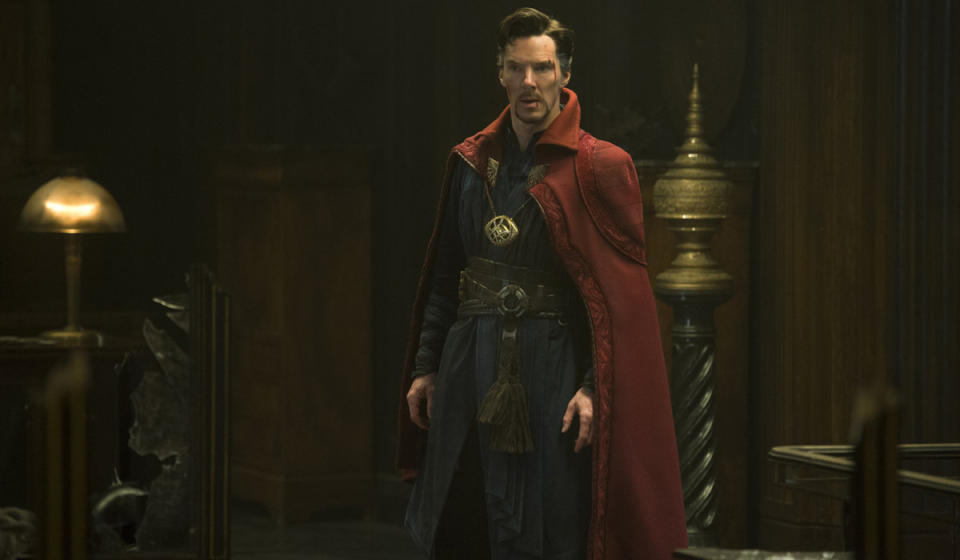
Image credits: Universal, CBS, OutNow, Getty

 Yahoo Movies
Yahoo Movies 
